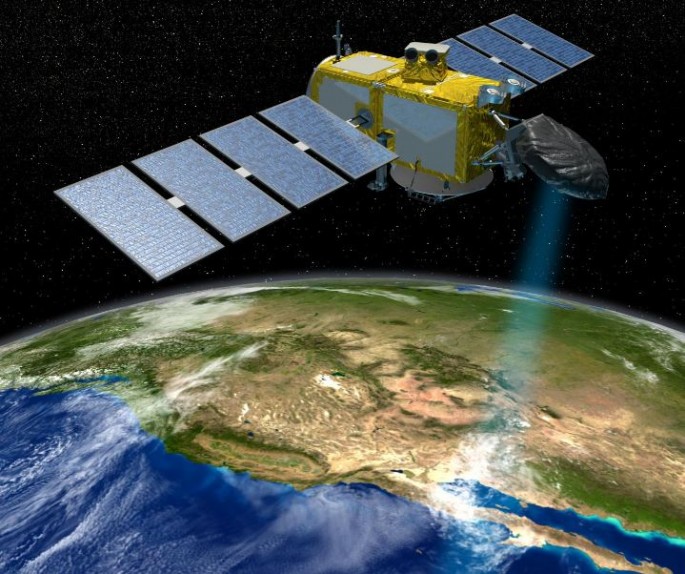The world's average surface temperature will increase up to 0.28 C (0.5 F) in 2016 compared to 2014 based on the height of sea level rise in the Pacific Ocean, predicts a new study.
The study by University of Arizona geoscientists discovered the height of sea level rise in the Pacific Ocean triggered by global warming can be used to estimate future global surface temperatures. It said the average global surface temperature increased by 0.18 C (0.32 F) in 2015.
"Our prediction is through the end of 2016," said first author Cheryl Peyser. "The prediction is looking on target so far."
Scientists knew that both the rate at which global surface temperature is rising and sea level in the western Pacific varied but had not connected the two phenomena, said Peyser, a UA doctoral candidate in geosciences.
"We're using sea level in a different way by using the pattern of sea level changes in the Pacific to look at global surface temperatures -- and this hasn't been done before."
Peyser and her colleagues used measurements of sea level changes taken by NASA/NOAA/European satellites starting 1993.
Using sea surface height rather than sea surface temperatures gives a more accurate reflection of the heat stored in the entire water column, said co-author Jianjun Yin, a UA associate professor of geosciences.
"We are the first to use sea level observations to quantify the global surface temperature variability," said Yin.
The team found when sea level in the western Pacific rises more than average -- as it did from 1998 to 2012 -- the rise in global surface temperatures slows.
In contrast, when sea level drops in the western Pacific but increases in the eastern Pacific as it did in 2015, global surface temperatures increase because the heat stored in the ocean is released, Yin said.
From 1998 to 2012, the rate at which the global surface temperature increased slowed down -- a phenomenon dubbed "the global warming hiatus." During the same time period, sea level in the western tropical Pacific Ocean increased four times faster than the average global sea level rise.
Yin wondered if the two phenomena -- sea level and global surface temperature -- were related and asked Peyser, his graduate student, to investigate.
To figure out if there was a connection, Peyser used state-of-the-art climate models that show what the climate system would do in the absence of global warming.
The models showed that changes in sea level in the western Pacific were correlated with changes in global surface temperature. Verifying the correlation allowed researchers to calculate the numerical relationship between amount of tilt and global surface temperature.
Once the researchers had the correlation, they used actual Pacific sea level data from satellites to calculate the Pacific Ocean's contribution to global surface temperature.
Yin was surprised to find the Pacific Ocean plays such an important role in the global surface temperature.
"Our research shows that the internal variability of the global climate system can conceal anthropogenic global warming, and at other times the internal variability of the system can enhance anthropogenic warming."
The next step, he said, is figuring out the mechanisms that allow the Pacific to change the global surface temperature so quickly.
The paper by Peyser, Yin, Felix Landerer of NASA's Jet Propulsion Laboratory, Pasadena, California, and Julia Cole, a UA professor of geosciences, titled, "Pacific Sea Level Rise Patterns and Global Surface Temperature Variability," is published online in Geophysical Research Letters.






















